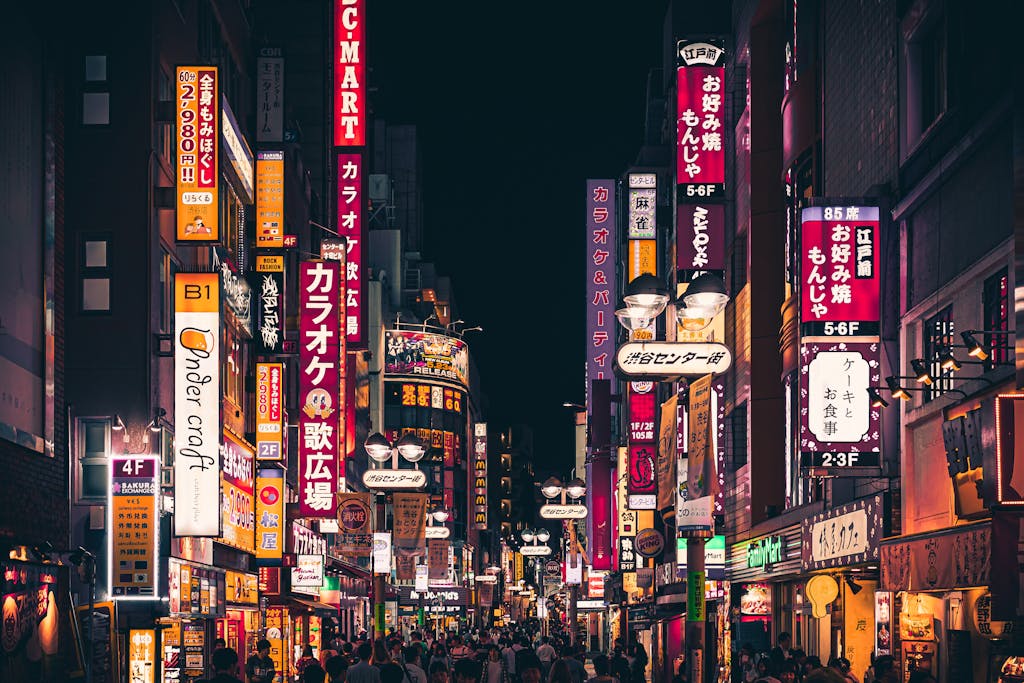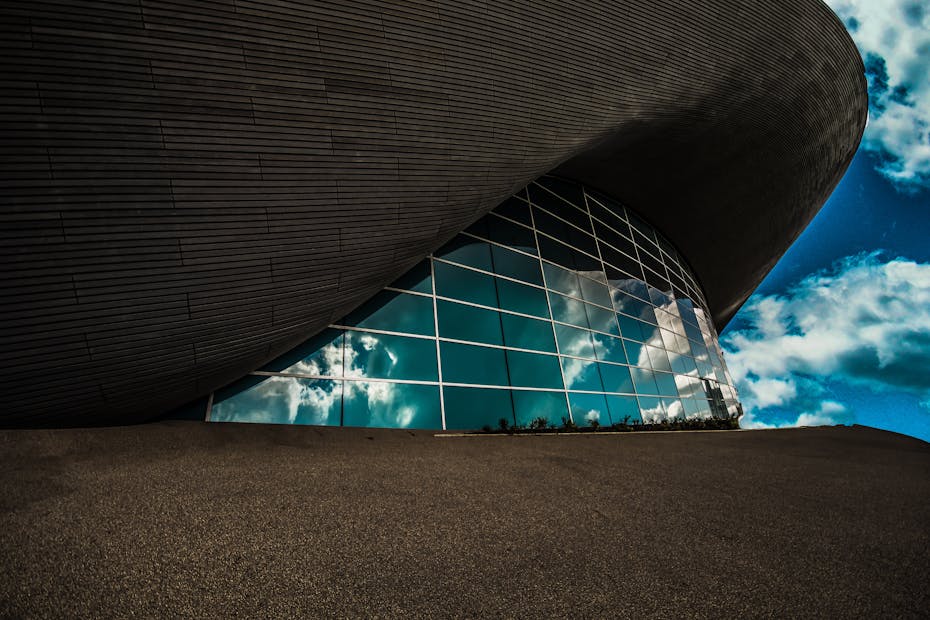In a world saturated with attention-seeking structures—glass skyscrapers, twisted towers, facades that light up with algorithmic displays—there exists another type of architecture: one that deliberately resists visibility. This is architectural anonymity—a design philosophy where buildings blend, recede, or erase their presence from the visual noise of the city.
Rather than commanding attention, these structures exist in the periphery of perception. They do not scream; they whisper. They may be difficult to photograph, hard to describe, and intentionally forgettable—yet their presence can be profoundly meaningful. Architectural anonymity is not an accident or failure of design; it is a purposeful withdrawal from spectacle.
But what drives this retreat from visibility? And what are the consequences—social, urban, and philosophical—of designing buildings that refuse to be seen?
The Politics of Visibility
Architecture has always participated in the politics of visibility. From the Egyptian obelisks to modern-day corporate headquarters, buildings have long served as declarations of power, permanence, and identity. To be seen is to be known, to exist, to matter.
Yet in recent decades, the growing critique of visual culture, along with concerns about sustainability, security, and cultural humility, has brought forth an architectural countercurrent. Architectural anonymity emerges as a refusal of ego, an intentional strategy of restraint.
This is not minimalism in the conventional sense—it’s not about sleek surfaces or clean lines for aesthetic reasons. It’s about erasure. Camouflage. Silence.
Typologies of Anonymity
1. Camouflaged Architecture
Some buildings hide in plain sight by mimicking their surroundings. Consider underground homes with grass roofs that mirror the landscape, or military buildings whose exteriors are rendered in natural colors to dissolve into the environment.
In urban contexts, anonymity may take the form of buildings that adopt the same materials, colors, and proportions as their neighbors. These structures avoid architectural differentiation, blending into the rhythm of the street.
2. Programmatic Disguises
Not all anonymity is visual. Some buildings hide their function. A high-security server facility may look like a mundane warehouse. A luxury residence might be disguised behind a derelict façade.
Here, architectural anonymity serves strategic purposes—security, privacy, or simply a desire to opt out of the spectacle economy.
3. Passive Urbanism
In dense cities, some buildings retreat out of respect. They preserve views, maintain historic skylines, or intentionally lower their visual impact. This humility allows public space, landscape, or more historically significant architecture to take precedence.
Anonymous Icons: The Paradox
There’s an irony at the heart of architectural anonymity: the more buildings try to disappear, the more they intrigue. Architects like Peter Zumthor, Eduardo Souto de Moura, and Anne Lacaton & Jean-Philippe Vassal have become celebrated precisely for their invisible, quiet, anti-iconic works.
Zumthor’s Bruder Klaus Field Chapel in Germany appears as a primitive monolith in the landscape—anonymous and mute. Its interior, however, reveals a sensory, sacred space. The anonymity of the exterior invites contemplation rather than conquest.
In Tokyo, where density pushes architecture toward the eccentric, some of the most striking buildings are those that quietly disappear into shadow, using muted palettes, matte textures, or controlled proportions to avoid the city’s visual cacophony.

The Ethics of Architectural Anonymity
Anonymity in architecture raises ethical questions. Can a building still have social responsibility if it refuses to engage visually? Or is visual restraint itself a form of civic generosity—ceding attention to others?
In some contexts, architectural anonymity becomes a political stance. In post-conflict zones or gentrifying neighborhoods, flashy architecture may exacerbate trauma or displacement. A restrained, invisible building might better serve the needs of a community in recovery or resistance.
Moreover, anonymity can reduce resource consumption. A building that doesn’t require exotic cladding, LED systems, or imported materials often has a smaller environmental footprint. This sustainability through invisibility is an increasingly compelling idea in an era of climate urgency.
When Anonymity Fails
Yet anonymity is not always noble. Sometimes it results from neglect, lack of design ambition, or economic constraints. In such cases, anonymous buildings become dead zones—spaces devoid of character, interaction, or care.
The challenge, then, is in designing buildings that are deliberately anonymous but not indifferent. Spaces that withdraw from spectacle while remaining sensitive to their context and users. Architecture that resists attention without resisting responsibility.
Memory and the Unseen
Interestingly, buildings that embrace architectural anonymity often leave the strongest impressions. Their quietness sharpens our other senses. We notice how the light falls, how the materials age, how sound behaves in the space.
Rather than overwhelming the user, they create space for memory, interpretation, and self-awareness. They do not direct the narrative but allow it to unfold. And in doing so, they may become more lasting in the mind than the most flamboyant structures.
Conclusion: Choosing Silence
In an age where every building competes to be Instagrammed, rendered, and ranked, architectural anonymity offers a radical alternative. It invites us to reconsider what it means for a building to succeed—not through visibility, but through humility, respect, and endurance.
To design an anonymous building is not to erase architecture, but to recalibrate it. To suggest that presence does not require spectacle. That impact can be quiet. That sometimes, the most powerful thing a building can do is disappear.
